Bronze with green patina (traces of cuprite and azurite).
On a marble base (one foot missing).
3rd century AD.
Height: 71 mm with base
56.55 g
The genii cucullati, figures most often juvenile, wearing a hooded cape covering their entire body (most often only the feet, head and sometimes hands are visible) can have two main symbolic functions: the phallic function (fertility and earthly fertility, which is not the case here), and the function of healer, the most famous example of which is Telesphorus (third son of Aesculapius), a divinity associated with convalescence, supposed to restore strength and vigor to the sick, and always dressed in a hooded cape.
Curious little bronze, of an interesting and unusual type.
Provenance :
Collection of Mr. C. (Marne) founded before 1939.
Marché de l'Art, France.
Comparanda :
Babelon, Ernest, Blanchet, Jules-Adrien. Catalogue of Antique Bronzes of the National Library. Paris: 1895, p.253, n°605, fig.605.
Bibliography :
Jean-Yves Eveillard, “Statues of Antiquity reworked in the modern era: the example of a head with a cucullus in Châteauneuf-du-Faou”.
W. Deonna, From Telesphorus to the “Grumpy Monk”. Hooded Gods, Genies and Demons (Latomus Collection, vol. XXI), 1955
W. Deonna. “Gallo-Roman Divinity with a Cucullus”, Ogam VII, n°40.




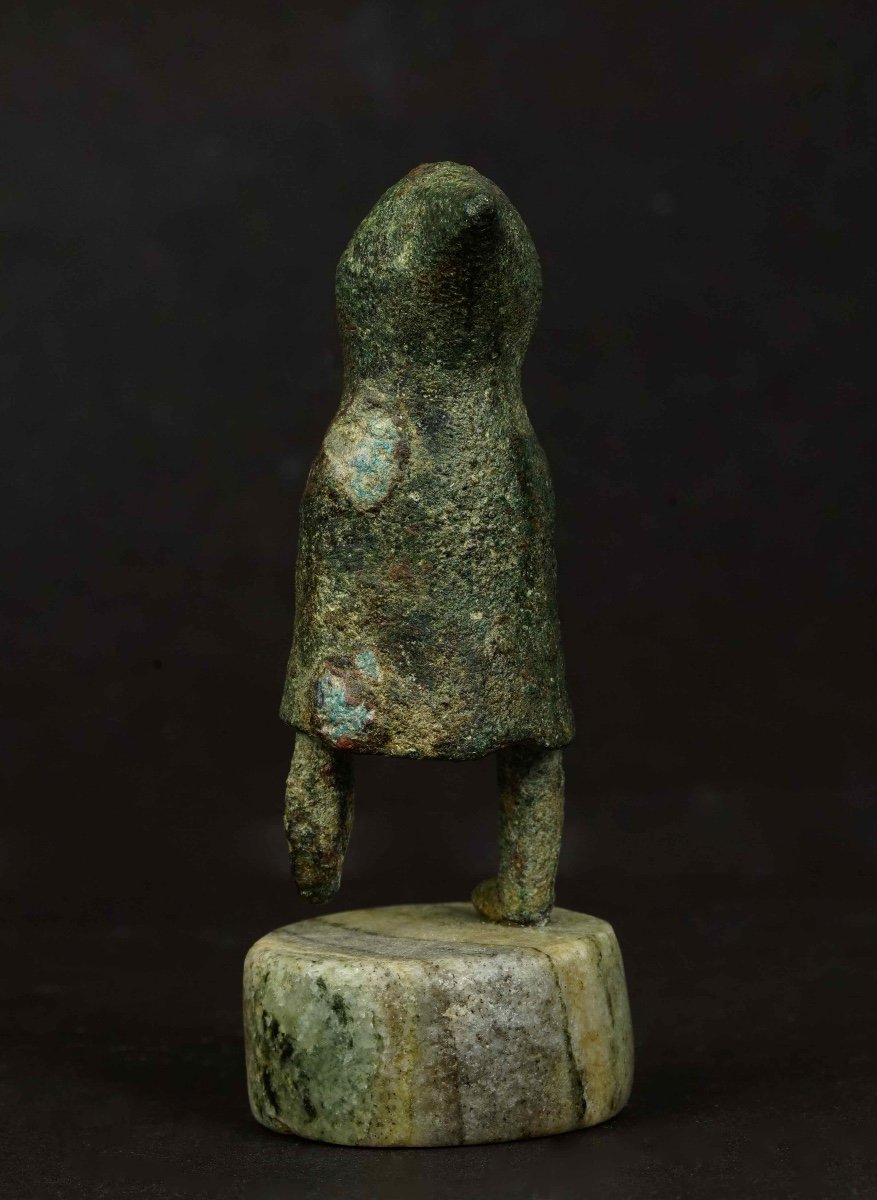





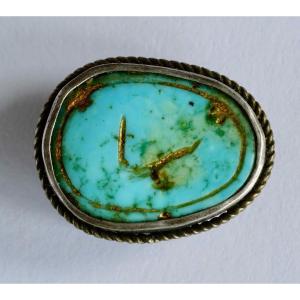

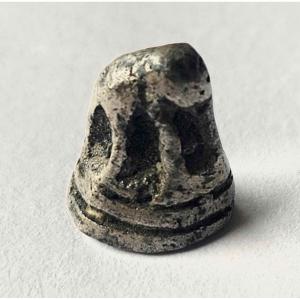

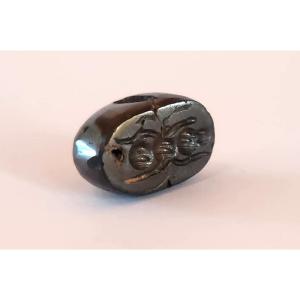


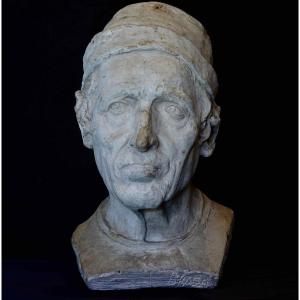

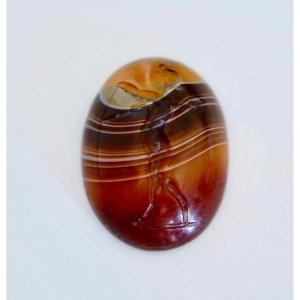








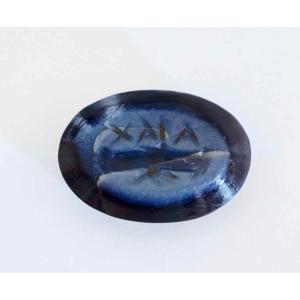



 Le Magazine de PROANTIC
Le Magazine de PROANTIC TRÉSORS Magazine
TRÉSORS Magazine Rivista Artiquariato
Rivista Artiquariato